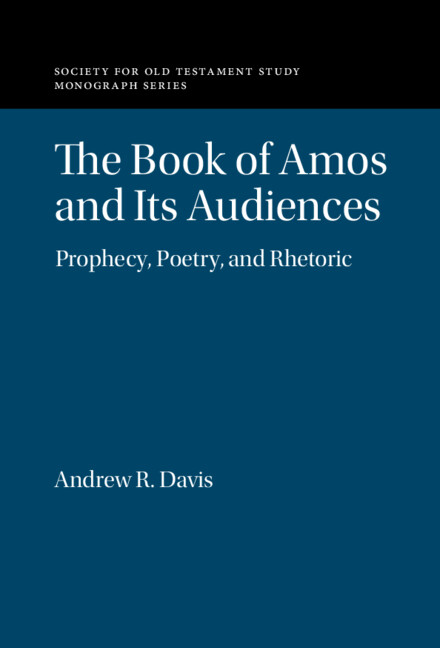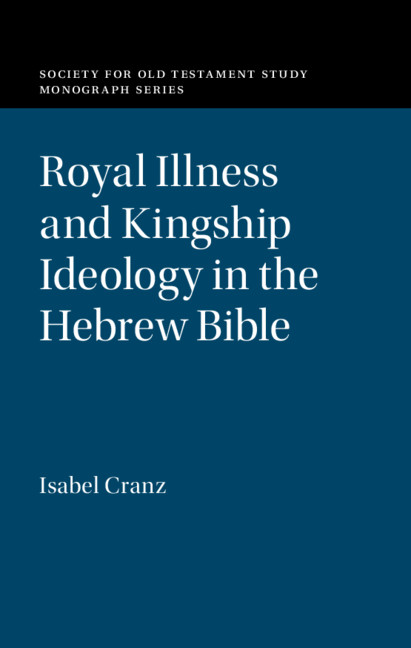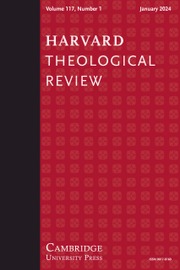The Book of Amos and its Audiences
Many studies of the prophetic books assume that a text's addressee and audience are one and the same. Sometimes this is the case, but some prophetic texts feature multiple addressees who cannot be collapsed into a single setting. In this book Andrew R. Davis examines examples of multiple addressees within the book of Amos and argues that they force us to expand our understanding of prophetic audiences. Drawing insight from studies of poetic address in other disciplines, Davis distinguishes between the addressee within the text and the actual audience outside the text. He combines in-depth poetic analysis with historical inquiry and shows the ways that the prophetic discourse of the book of Amos is triangulated among multiple audiences.
- Distinguishes between prophetic text's addressee(s) and its audience(s)
- Brings prophetic biblical poetry into conversation with study of poetry in other disciplines
- Identifies specific historical setting for audience of selected texts from Amos
Reviews & endorsements
‘[T]his is a wonderful book for those interested in the prophets, particularly Amos, and for how that book was transmitted and (re)interpreted before it became our canonical Amos.’ Andrew R. Davis, The Bible Today
Product details
June 2023Adobe eBook Reader
9781009255820
0 pages
This ISBN is for an eBook version which is distributed on our behalf by a third party.
Table of Contents
- 1. Introduction: multiple audiences, overhearing, and entrapment
- 2. Overhearing in lyric poetry, Roman satire, and biblical poetry
- 3. A moveable feast: the multiple addressees and audiences of Amos 6:1-7
- 4. Foreign address and home audiences in Amos 3:9-11
- 5. Scribal prophecy and the post-exilic audience of Amos 7:10-17
- 6. Epilogue.




